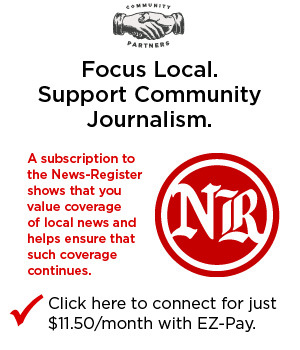Osher: Feds hold monthly grazing fee to Reagan-era minimum
BY JOHN OSHER
Of the Western Watersheds Project
The Forest Service and Bureau of Land Management have just announced the fee to be assessed for cattle grazing on federal lands in 2022 — a mere $1.35 per cow/calf pair per month, a measure known as the animal unit month, or AUM. That’s the lowest possible fee allowed under an executive order dating back to Ronald Reagan’s presidency.
The absurdly low fee paid by commercial beef cattle producers to graze public lands flies in the face of this administration’s commitments to addressing conservation, biodiversity and the impacts of climate change. President Biden should immediately rescind Reagan’s executive order and establish a fee that reflects the true costs of public lands grazing.
Despite contributing less than 3% of all the beef consumed in the United States, commercial grazing is one of the most heavily subsidized activities allowed on public lands. The program costs taxpayers more than $1.5 billion every 10 years.
The minimum fee recoups just one-tenth of the cost of the program’s administration. The cost to beef producers to feed their stock on public lands is substantially less than the cost to feed a pet hamster each month.
It’s a great deal for the beef industry, but it’s a horrible deal for the American public, considering the compounded costs of plant and animal extinction, fouled waterways, increased risks of wildfire, ongoing predator killing and the irreplaceable cultural resources being trampled to bits.
The grazing fee is based on a formula established on a temporary basis in 1978 and continued through executive order in 1986.
The fee was $2.31 per AUM in 1981, the highest ever assessed. Adjusted for inflation, that would make it $7.09 today, more than five times the current fee. By contrast, lease rates for private pastureland in the Western U.S. average more than $20 per AUM.
Beef producers on public lands are the only tenants in the country whose rents stay low, year after year. The livestock industry is getting a sweet deal to stay on public lands, and at a time when many people in the country are struggling to secure affordable housing.












Comments